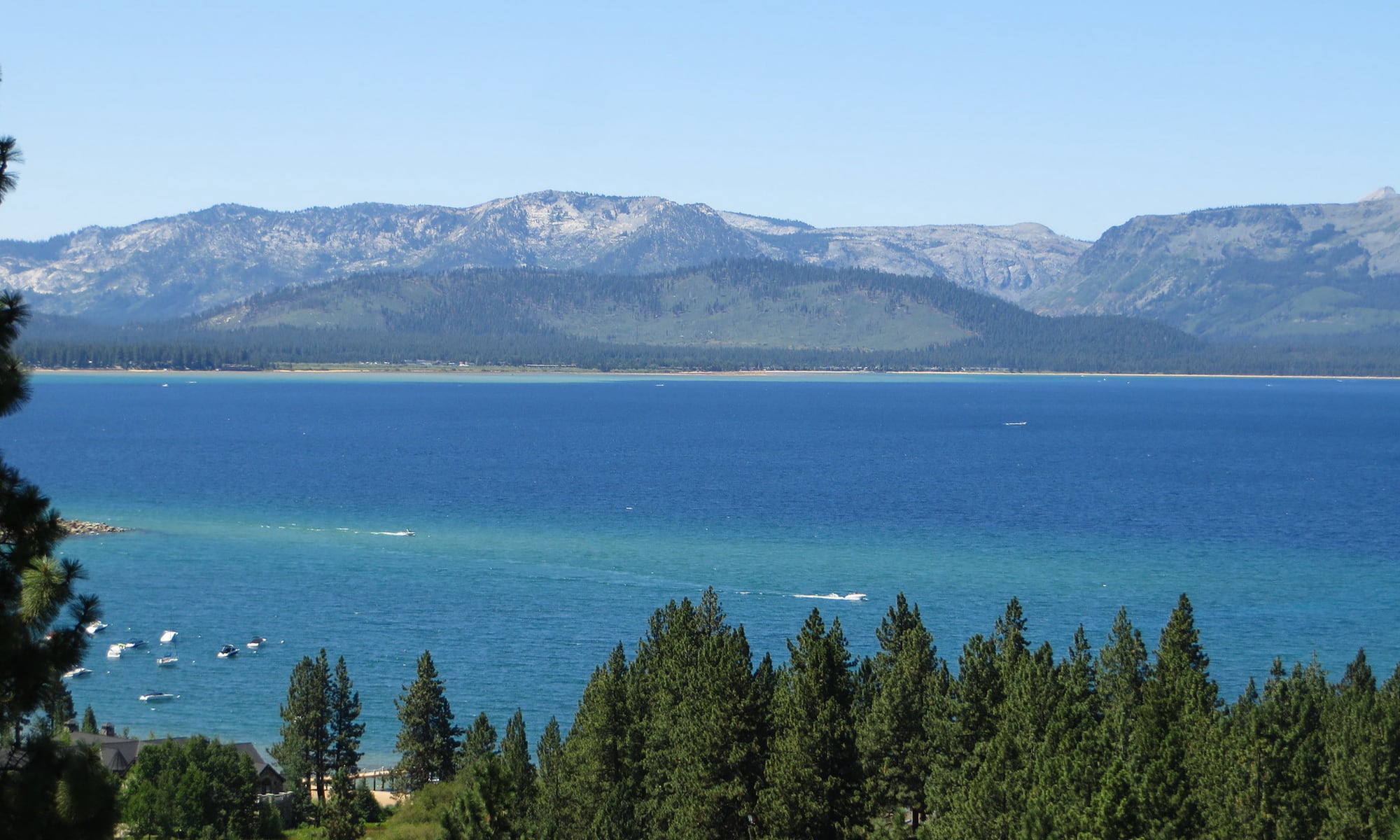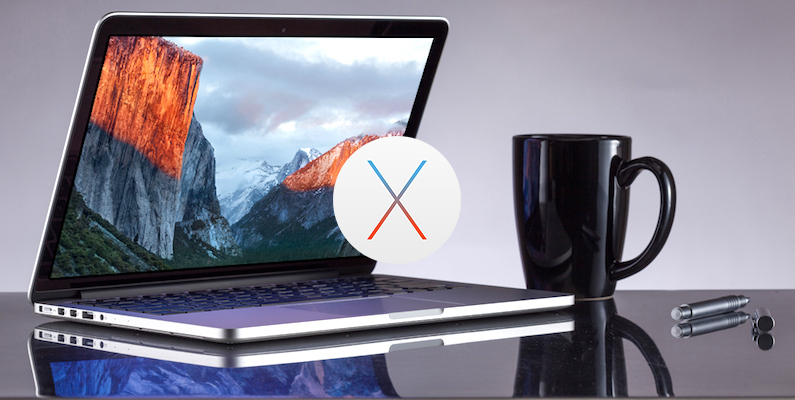Lake Tahoe Will Inspire macOS 26
 Ken Lund / Flickr
Ken Lund / Flickr
Toggle Dark Mode
Every year, as Apple’s Worldwide Developers Conference (WWDC) approaches, Mac fans are left with one burning question: What will this year’s macOS release be called?
While we can usually make an educated guess at the version number, macOS is unique in that Apple also gives it a name. Apple’s iPhone operating system has been “iOS” since version 4, and before that was even more boringly referred to as “iPhone Software.” However, the Mac remains special and whimsical among Apple’s operating systems by sporting more creative names to signify each major release.
The first nine releases of “Mac OS X,” as it was known in those days, were cat-themed: Cheetah, Puma, Jaguar, Panther, Tiger, Leopard, Snow Leopard, Lion, and Mountain Lion. With only so many feline families to go around, Apple switched to California landmarks in 2013, with OS X Mavericks, having officially dropped the “Mac” prefix the year before. That continued with Yosemite and El Capitan until 2016, when OS X became macOS. The California names continued with Sierra, High Sierra, Mojave, Catalina, Big Sur, Monterey, Ventura, Sonoma and Sequoia.

Apple also switched up its version numbering in 2020. The sixteen releases of Mac OS X, OS X, and macOS from 2000–2019 used point numbering, from Mac OS X 10.0 Cheetah to macOS 10.15 Catalina. With macOS Big Sur, Apple finally dialed things up to 11, in more ways than one; this was the same year Apple’s M1 chip debuted with a staggering performance boost that let even Apple’s entry-level MacBooks run circles around higher-end Intel variants.
If recent reports are accurate, Apple will throw us another big curveball this year by going from macOS 15 to macOS 26, a number intended to align with a “model year” like automakers have long done and make each release feel more forward-looking. However, it doesn’t look like it’s ready to use that as an excuse to move away from California landmarks.
According to Bloomberg’s Mark Gurman, Apple’s marketing team has decided to use Lake Tahoe as an inspiration, making this year’s version macOS 26 Tahoe.
As Gurman notes, the names and versions often hint at the significance of the software updates. With macOS Big Sur, the move to version 11 was undoubtedly intended to usher in the new generation of Apple Silicon, as was the name Big Sur. Six years earlier, Yosemite, known for its unique rock formations, subtly highlighted a major redesign of the operating system.
This year, macOS 26 is expected to undergo a similar design change alongside iOS 26 and iPadOS 26. Gurman’s sources say that Lake Tahoe is intended to be “something special” to highlight another big move.
[Lake Tahoe is] a famous resort area and a vacation destination (and second-home site) for many Apple employees. The deep blue lake is also known to show the reflection of the sky and surrounding mountains — something that flicks at the striking visuals of the new user interface.
Mark Gurman
Apple is expected to give iOS and iPadOS the most significant design overhaul we’ve seen since iOS 7 was released in 2013 (before iPadOS existed as a distinct operating system), a change that could be the biggest highlight of next week’s WWDC. The new look is said to be inspired by visionOS and is being done to offer a unified user interface across all its devices. This means macOS 26 is also expected to fall into step with the iPhone and iPad.
[The information provided in this article has NOT been confirmed by Apple and may be speculation. Provided details may not be factual. Take all rumors, tech or otherwise, with a grain of salt.]









